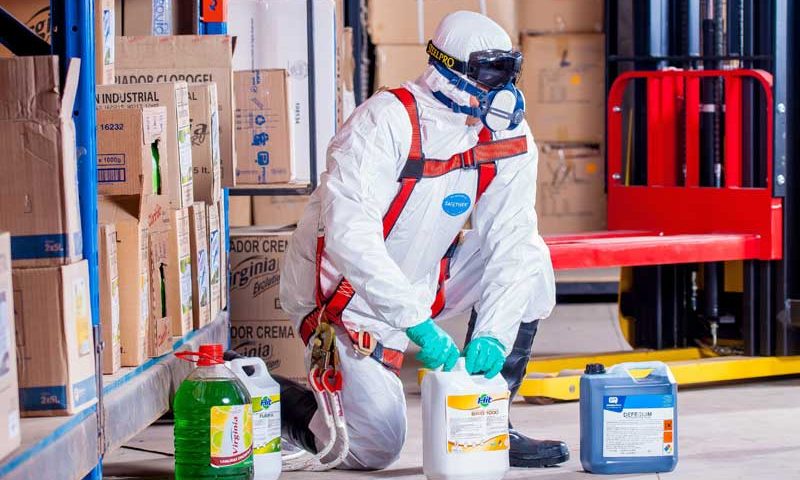Navigating the world of dangerous goods requires precision, knowledge, and a commitment to safety. Whether you’re involved in shipping, manufacturing, or storage, understanding the nuances of handling dangerous goods handling is paramount. In this article, we’ll explore the intricacies, regulations, and best practices to ensure the safe handling of hazardous materials.
Understanding Dangerous Goods Handling
Defining Dangerous Goods
Before delving into the handling procedures, it’s crucial to understand what classifies as dangerous goods. These are substances or articles that pose a risk to health, safety, property, or the environment. Common examples include chemicals, gases, flammable liquids, and radioactive materials.
Importance of Proper Handling
The consequences of mishandling dangerous goods can be severe, ranging from environmental damage to life-threatening situations. Adhering to proper handling procedures is not just a legal requirement but a moral obligation to protect people and the planet.
Regulations and Compliance
International Regulations
Handling dangerous goods involves navigating a complex web of international regulations. Familiarizing yourself with frameworks like the Hazardous Materials Regulations (HMR) and the International Maritime Dangerous Goods (IMDG) Code is essential for compliance.
Local and National Guidelines
In addition to international regulations, each country may have specific guidelines for handling dangerous goods. Ensuring compliance with local and national regulations is critical to avoiding legal repercussions and safeguarding public safety.
Safe Handling Practices
Proper Packaging and Labeling
One of the foundational aspects of safe handling is proper packaging and labeling. Goods must be securely packed in containers designed for their specific hazard class, accompanied by accurate labeling that communicates the nature of the contents.
Training and Certification
Handling dangerous goods requires expertise. Personnel involved in the process should undergo specialized training to understand the characteristics of different materials, emergency response procedures, and compliance measures. Certification ensures a standardized level of knowledge and competency.
FAQs about Dangerous Goods Handling
How often should personnel undergo training for handling dangerous goods? Regular training, at least annually, is recommended to stay updated on regulations and best practices.
Are there specific requirements for transporting dangerous goods by air? Yes, the International Air Transport Association (IATA) provides guidelines for the air transportation of dangerous goods.
What should I do in case of a spill or leak during the handling of dangerous goods? Immediate action should be taken following the emergency response procedures outlined in your training. Evacuation and containment are often crucial steps.
Is there a universal labeling system for dangerous goods? While there are international standards, some variations may exist. It’s essential to adhere to the specific requirements of the regulating authority in your region.
Can small businesses handle dangerous goods, or is it restricted to larger enterprises? Small businesses can handle dangerous goods, but they must comply with the same regulations as larger enterprises. Proper training and adherence to guidelines are crucial regardless of business size.
Is there a centralized database for checking the classification of dangerous goods? Various regulatory bodies provide databases for checking the classification of dangerous goods, ensuring accurate and up-to-date information.
Conclusion
Handling dangerous goods demands a meticulous approach, from understanding classifications to complying with international and local regulations. By prioritizing proper training, adherence to guidelines, and a commitment to safety, businesses can navigate the complexities of dangerous goods handling with confidence.


